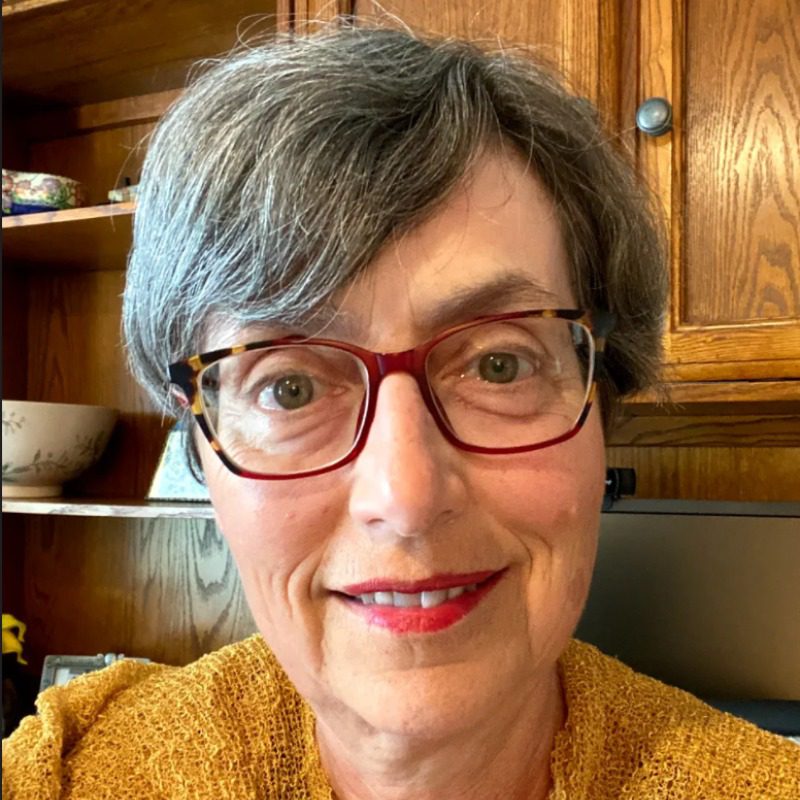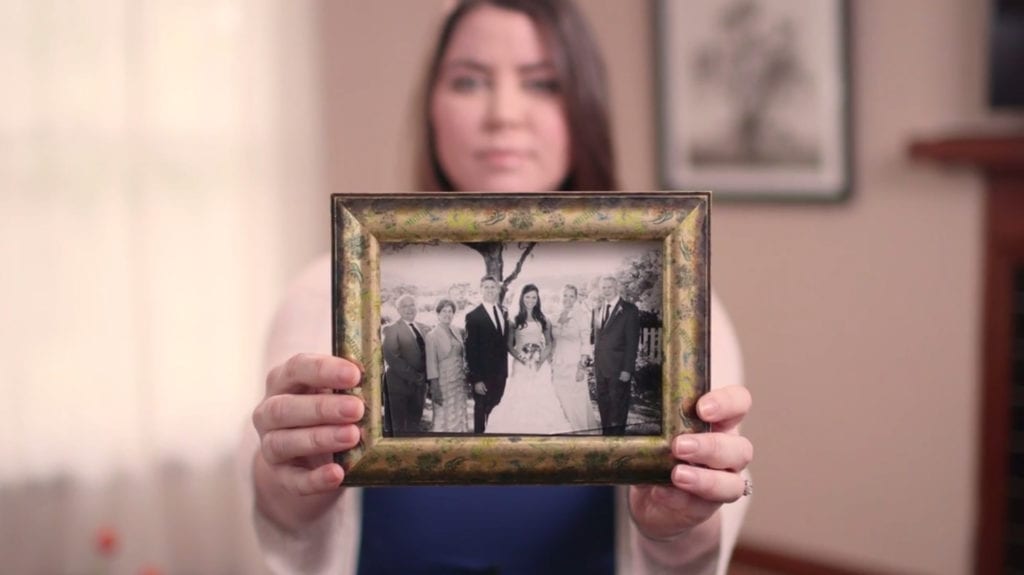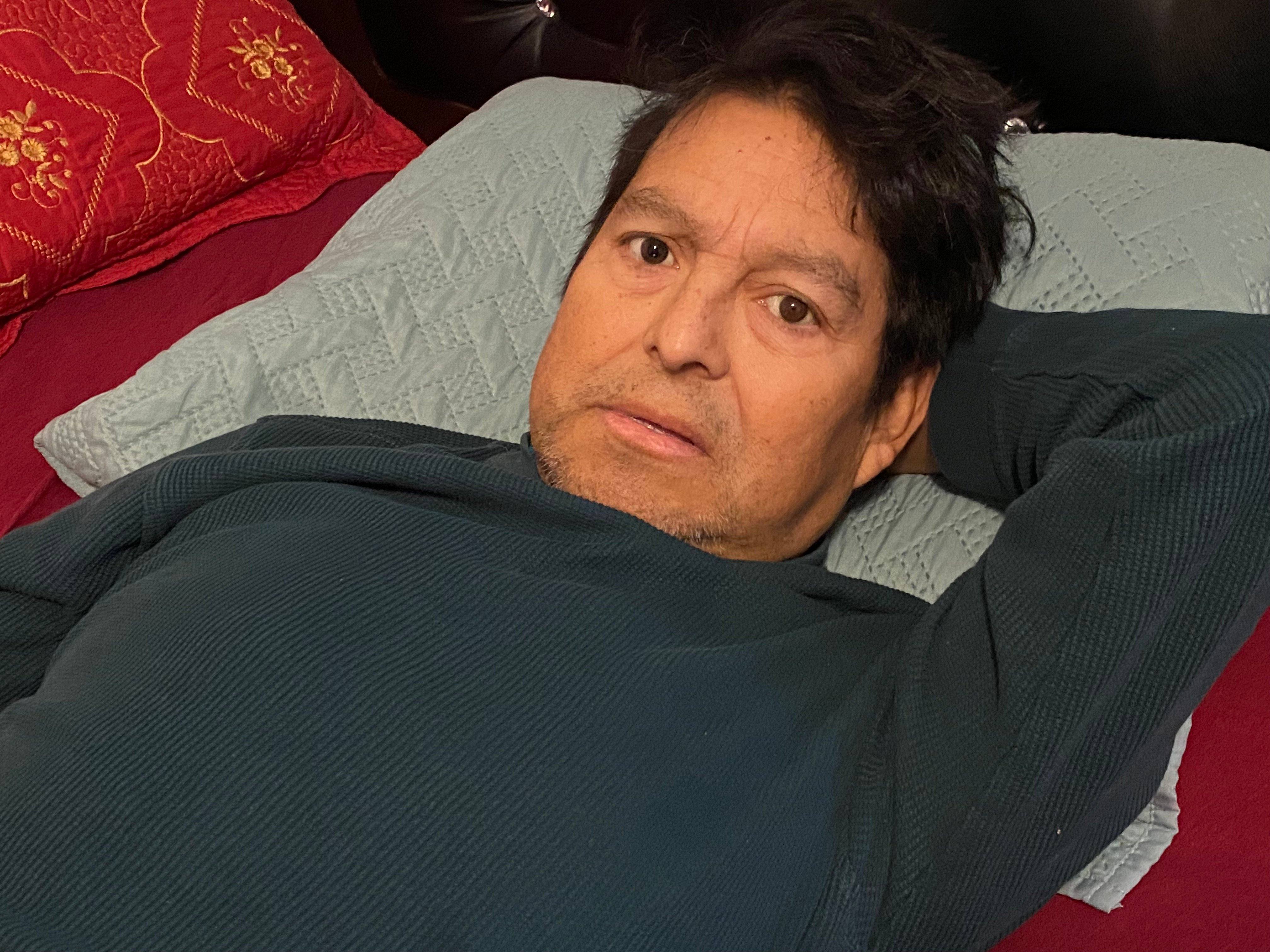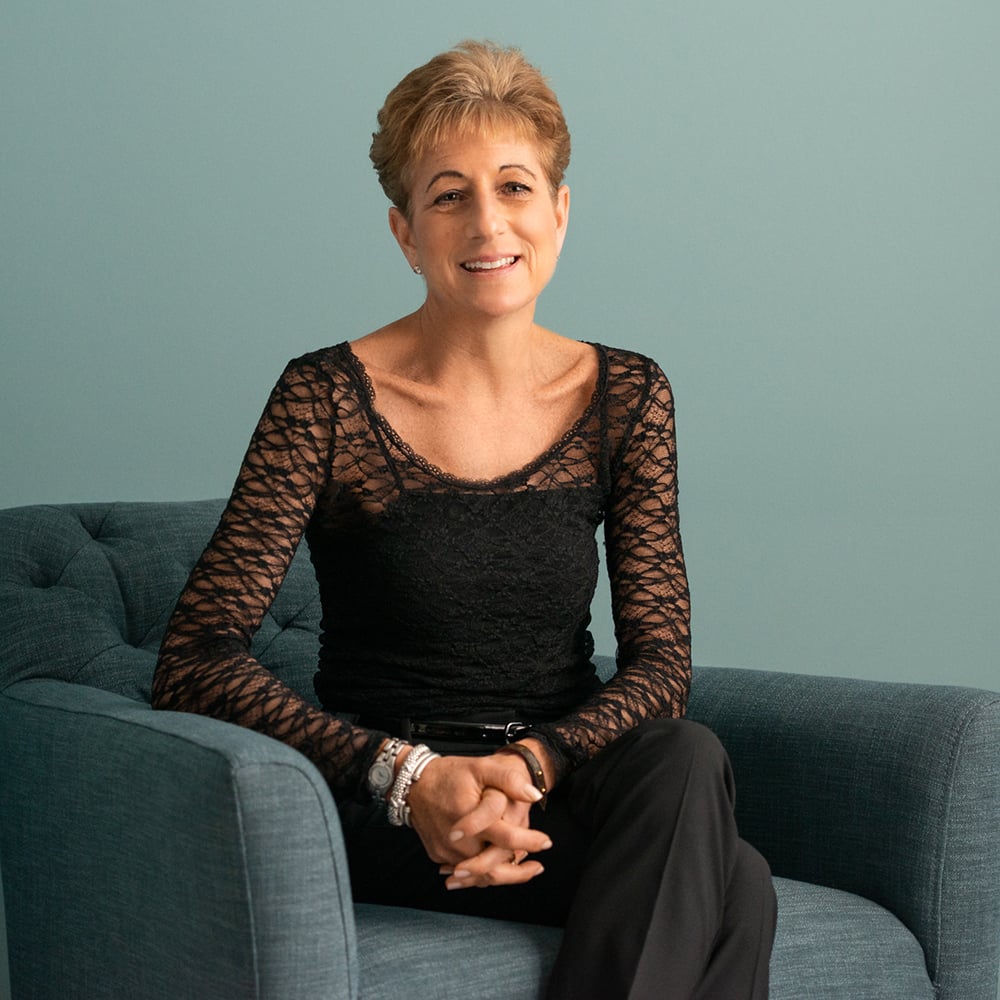Jane shared her story in June of 2021.
My mother Elizabeth Kreplick was the type to never sit still. She was lovingly nicknamed "Energizer Bunny" by her close friends. She sewed, crocheted, painted, was a mother of three, a wife and worked as a nurse.
In her early 80s, she developed heart failure. The physicians told her she needed open heart surgery. She had had open heart surgery 10 years before for coronary artery disease and knew she did not want it in her current state. She felt that her time had come, and she was accepting of that. She had done everything she wanted to do in life, her husband had died four years earlier, and her world had shrunk as her quality of life had deteriorated because of significant hearing and vision loss. She was accepting of the nature of life and told her doctors, "I have had a good life, but now I am ready to go."
When she refused surgery, her doctor referred her to hospice. She immediately went into hospice at the medical center and she was later transferred to a hospice facility in a nursing home.
Despite having been a nurse, mom was unfamiliar with hospice. When she enrolled in hospice, she was lucid and hoping for assistance in passing peacefully. She misunderstood the function of hospice and thought it would provide aid in her dying. She was upset to find out that they could not help by ending her suffering. She lived two more months with declining health, buffeted by hallucinations and paranoid delusions during her last month as her poorly perfused brain, receiving limited sensory input deteriorated.
Instead of being able to die comfortably at her chosen time, she eventually stopped eating until she died. What could have been a peaceful ending to a good life, was a frightening and isolating experience.
In a story similar to my mother, my mother-in-law faced an unnecessary amount of suffering at the end of her life. Ethel Brody was diagnosed with end-stage cancer and after a few months of treatment felt the pain, discomfort and suffering wasn’t worth the little bit of time it bought her. She decided to end treatment and enrolled in hospice. She asked about her options to hasten her imminent death and was told about voluntarily stopping eating and drinking. Three days into ceasing nutrition and hydration, she was irate, “Why am I still alive? I told you that I want to be dead.” I explained that it would take some time.
Angry and frustrated, but determined, she continued on her journey. It took her eleven days. Eleven rugged days, with breakthrough suffering, despite the plentiful pain medication. She definitely would have taken something to bring her life to a more comfortable end if it was available to her. Like my mother, she was ready, “Why can’t I go now? Why must I suffer?”
My mother and mother-in-law had the time and mental capacity to have made end-of-life decisions, and wanted an end to their suffering.
Sadly, there is no pain medication that can guarantee a peaceful dying process. People say, “Well, you can keep them comfortable.” But the truth is there are still many people who aren't comfortable. Nausea, air hunger, mental anguish and so many other symptoms people can experience are detrimental to their quality of life. Many people only think of the pain medication, but they don’t think of all the other forms of suffering at the end of life.
As a nurse, I have sat with families making difficult decisions around end-of-life care. They often would say they didn’t want to give up hope. I would say to them, “There are different kinds of hope. There is the hope of full recovery, which is unlikely. Or you can hope to maintain dignity. Or you can hope to prevent suffering. Maybe it is time to shift your hopes and goals.”
I don’t think most people understand what it’s like to die in a hospital. Many people, including medical professionals, sometimes miss the big picture by focusing on one or another health issue or symptom. Too often, people die alone, surrounded by machines rather than family, strapped to their hospital bed because if the hospital doesn’t restrain someone’s wrists they are likely to pull out their IVs, oxygen, and other invasive lines.
Allowing people to plan and orchestrate their last days so they can ensure their loved ones are around is a valuable option. For some people, just knowing medical aid in dying is available sometimes is enough of a comfort. Knowing that if it gets bad enough, there is an option, helps ease their suffering.
Read more:






